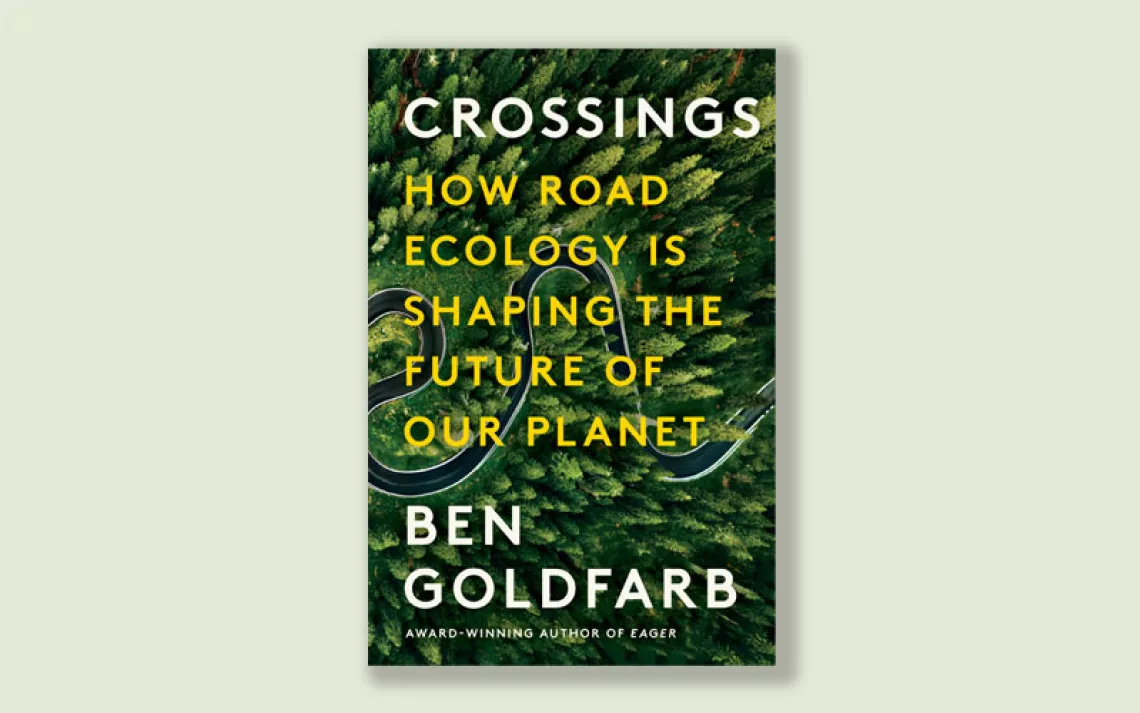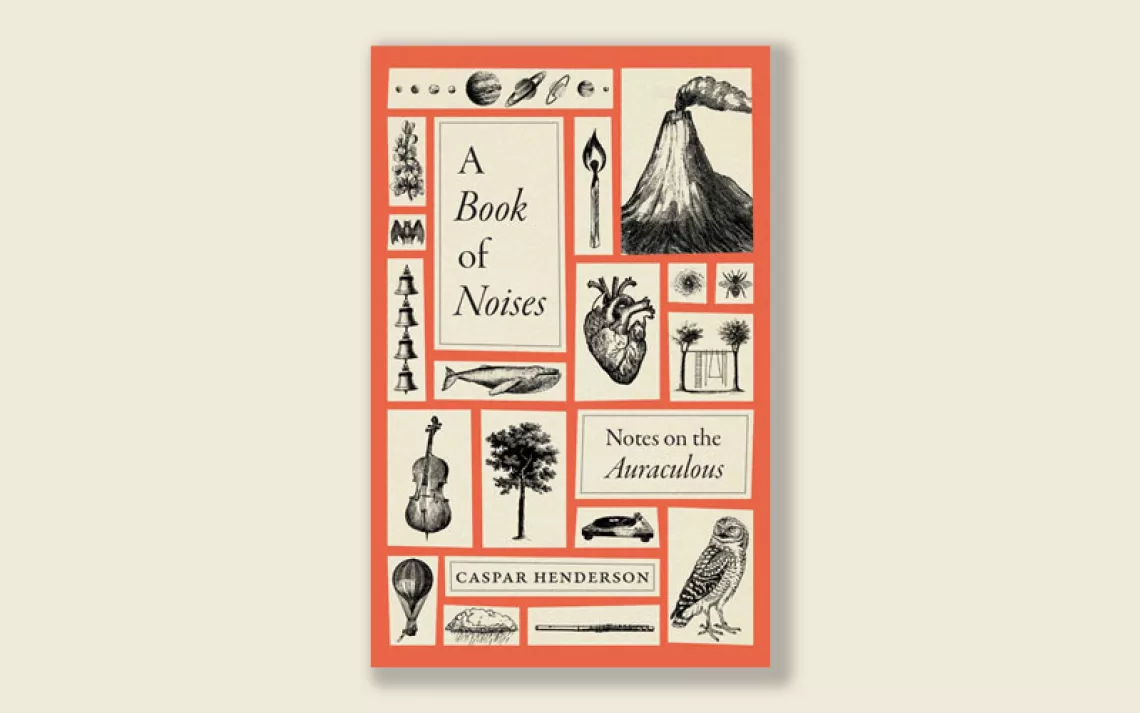Three Books to Help You Spring Into Gardening

Photo by istockphoto/DeanDrobot
The Northern Hemisphere is leaning in toward the sun with the arrival of Spring, signaling that it's time to reboot your garden. To help get you into the planting spirit, we’ve selected three handbooks that offer a fresh take on the traditional garden. Whether you have a well-worn green thumb or have never picked up a trowel, these books will help you navigate new gardening territory throughout the season.
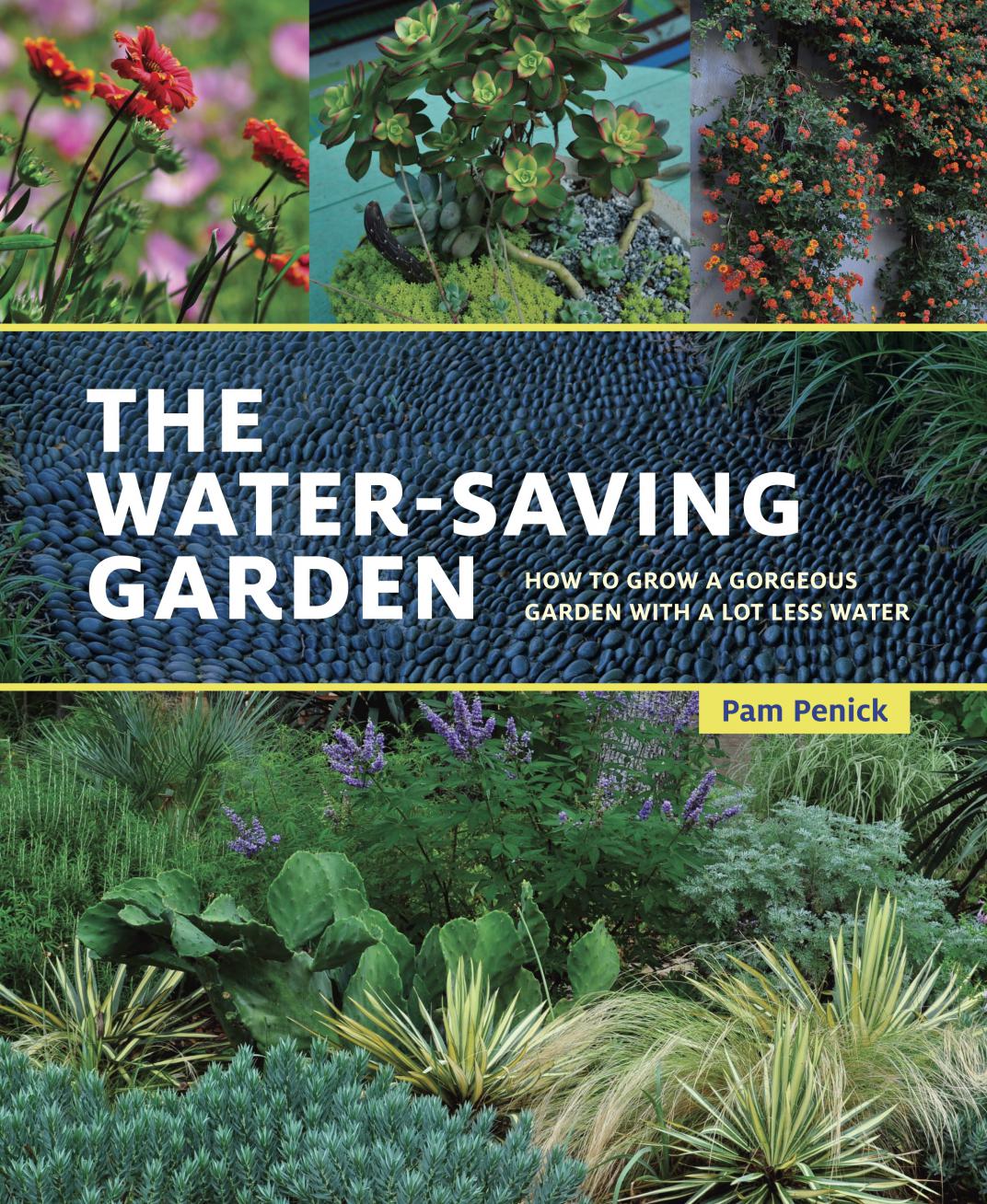
SAVING GAME
Water conservation is a major concern for many gardeners in the arid Western United States. Even if you live in a wetter climate, you can still lower your water bill by practicing water-wise gardening. In The Water Saving Garden, landscape designer Pam Penick explains how to keep your flora green with less water. Penick, who lives in “water-challenged” Austin, Texas, reassures her readers that limiting water use doesn’t mean your yard need turn to desert. All it takes is her clever prescription of drought tolerant native plants, permeable surfaces, and rainwater or grey water systems.
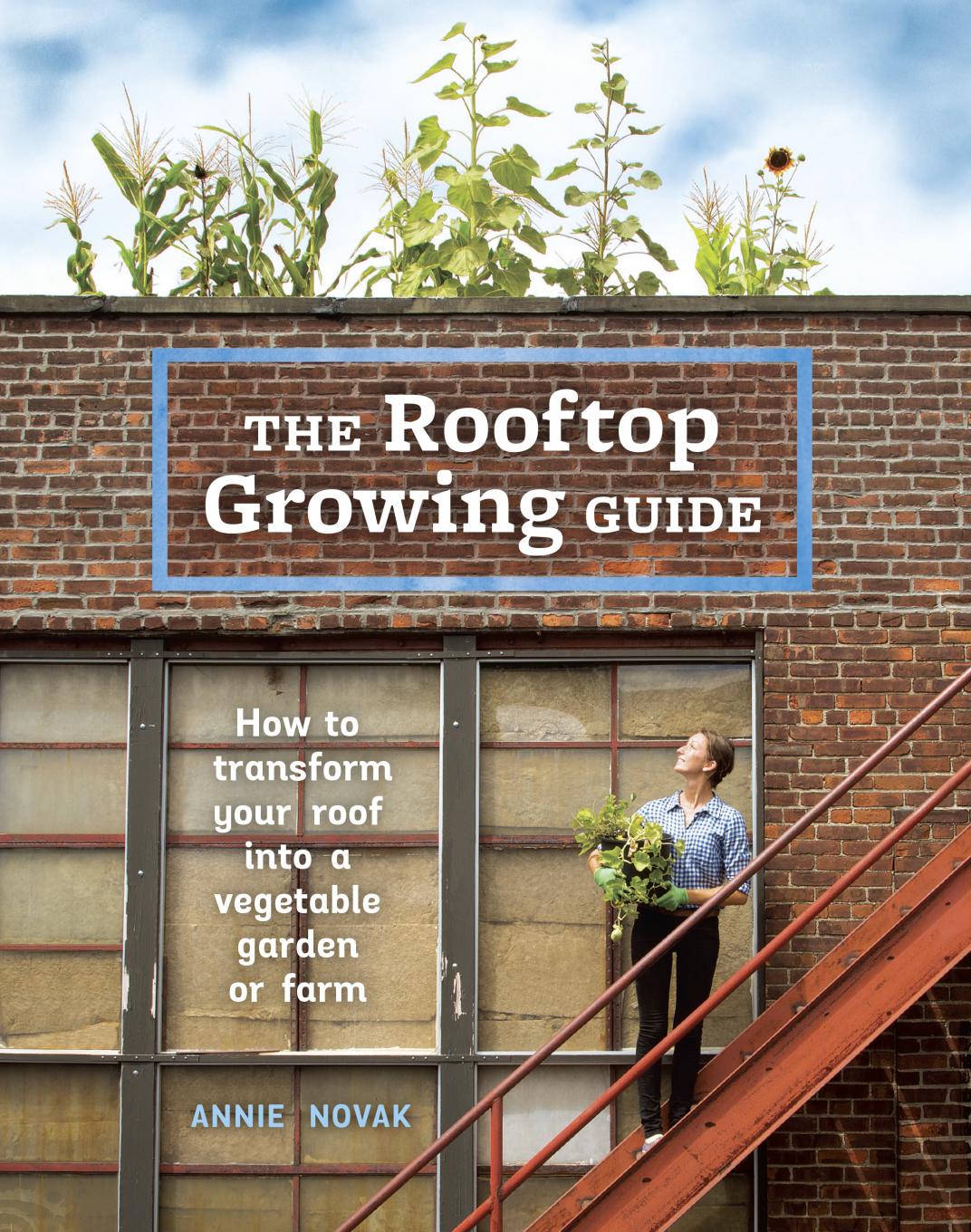
CONCRETE PARADISE
Tight on space for growing plants? Look up! Annie Novak, cofounder and head farmer at Eagle Street Rooftop Farm, lays out the basics of rooftop agriculture in her new book, The Rooftop Growing Guide. Whether you have a patio with room for potted plants or the roof space for a full-scale urban farm, this book will help you transform that concrete into greenery. Don’t shy away if you have a traditional backyard garden; Novak’s book is filled with great advice on general garden maintenance and sustainable practices for building soil health.
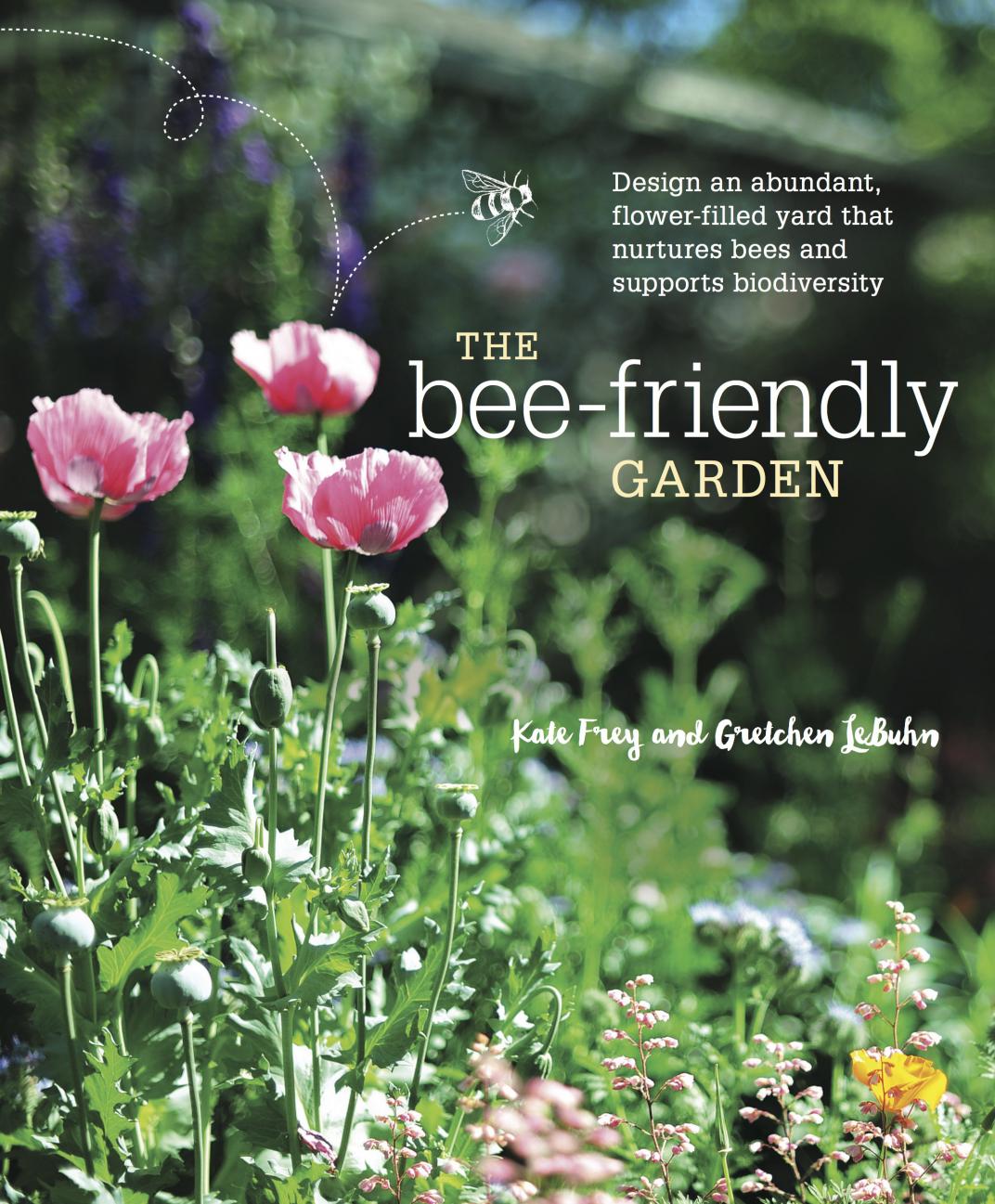
Worried about reports of massive bee die-offs and what the consequences will be to global food production? Look to The Bee-Friendly Garden for what you can do to help support your local bee populations. In their new book, garden designer Kate Frey and biologist Gretchen Lebuhn explain how to plant a garden that will attract honey bees and other bee species that are native to the United States. The bee-loving duo demonstrate how to create spaces for native bees to nest and arrange plants so that bees can optimize their nectar supply.
 The Magazine of The Sierra Club
The Magazine of The Sierra Club

